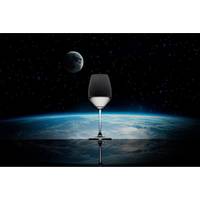
Japan's Sake Brewing Moon Shot ... Literally
by the Japan Aerospace Exploration Agency (JAXA) for the DASSAI MOON Project, a project to brew sake in space. The launch will take place from Tanegashima Island on October 21, 2025 using H3 Rocket No. 7, a new mainstay launch vehicle built in Japan.The items will be transported to the International Space Station (ISS) using HTV-X, a new Japanese-built unmanned cargo transfer spacecraft that will undergo its first demonstration test with this launch, and arrangements are being made with JAXA for the brewing test to be conducted in the Japanese experiment module Kibo on the ISS by astronaut Kimiya
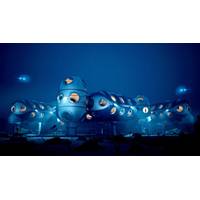
DEEP's #OccupyMare is about Persistent Human Presence Subsea
In November 2000, one American astronaut and two Russian cosmonauts docked their vessel Expedition 1 to the International Space Station, starting a continuous, uninterrupted human presence in space. Today, the oceanic exploration and technology organization DEEP announced its #OccupyMare mission: to Make Humanity Aquatic.The plan is for, on November 3, 2026, to deploy six fully-trained crew to DEEP's Sentinel oceanic habitat system, beginning the era of humanity's continuous presence underwater.According to DEEP, the Sentinel habitat system is deployable anywhere on the planet's

Lander Lab #5: Lithium Polymer Batteries
power. As we collectively have gained experience, application parameters have been refined, defined and improved. Though ubiquitous in everyday life, their acceptance has not quite outrun a troubled past.LiPos have now flown on crewed Space-X spacecraft and are installed on the International Space Station. The global automotive industry is undergoing dramatic change with new battery developments that follow the personal computer and cell phone industries. The Tesla Powerwall, which uses a stack of LiPos, allows homes to get off the grid when the grid goes down. WHOI’s
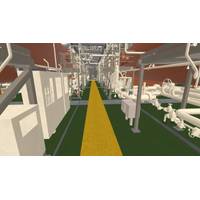
Neptune Energy: Tech Built for Astronauts to Reduce Need for Offshore Travel
Oil and gas company Neptune Energy has completed a virtual reality pilot on its Gjøa platform in the Norwegian North Sea, enabling teams to make highly realistic virtual visits to the facility. The technology, developed by PaleBlue and used to train astronauts traveling to the International Space Station, will reduce the need for offshore travel, lower costs and associated emissions and support safe operations. It is the first time PaleBlue’s technology has been applied to an offshore installation. Using a VR headset, offshore workers interact with an ultra-realistic 3D model
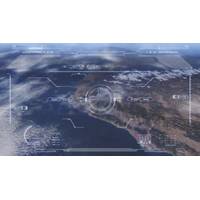
Overwatch: Advancing NATO’s Maritime Situational Awareness via Commercially Available Space-based Assets
; advancing NATO’s maritime situational awareness and understanding resiliency through commercially available space-based assets. On Saturday, May 30, 2020, SpaceX’s Crew Dragon spacecraft carried NASA astronauts Doug Hurley and Bob Behnken into orbit for a rendezvous with the International Space Station. Of national significance was the fact that the Crew Dragon launched astronauts from U.S. soil for the first time since the last Shuttle flight in 2011. The real point to hone, however, is that the SpaceX Crew Dragon spacecraft is the first to be designed, built and launched
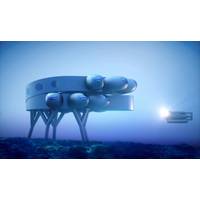
This Underwater Base Could Become the ISS of the Ocean
Aquanaut Fabien Cousteau — grandson of famed ocean explorer Jacques-Yves Cousteau — has announced plans to build the world's biggest underwater base for scientific research.He calls the facility "Proteus" and envisions it being the ocean equivalent of the International Space Station — a place where scientists from across the globe can work together to solve the world's biggest problems, from climate change to world hunger."Proteus...is essential to driving meaningful solutions to protect the future of our planet," Cousteau said in a press release

Video: Prince Charles Addresses Ocean Summit
, is in a unique position to offer first-hand evidence of the impact plastic pollution is having on the health of our ocean.“The boats cross some of the remotest parts of the oceans on earth. Places so far flung that, in one case, they were actually closer to the astronauts on the International Space Station than to any human on our planet.“This information collected from the seas is critically important for the scientific community.“Looking at the data collected it is deeply troubling to see how highly pervasive microplastics have become. Samples have even been discovered in what
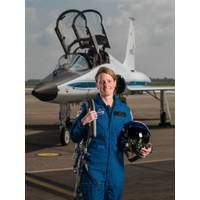
WHOI’ O’Hara Selected for NASA Astronaut Program
well as several advanced diving certifications. She also has completed first-aid and EMT training and is a wilderness first responder. She will report for duty at Johnson Space Center in August 2017. According to NASA, the new class will be part of future missions aboard the International Space Station that will continue research and technology development that has already returned benefits to Earth. They will also be candidates for flights beyond the moon and into deep space aboard the Orion spacecraft that will help pave the way for missions to Mars. The connection
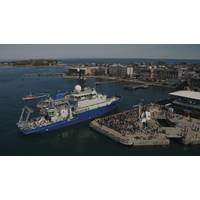
RV Neil Armstrong Arrives in Woods Hole
and observe, and for oceanographers, that means going to sea.” Remarks by astronaut Sunita Williams, a native of Massachusetts, also emphasized the connection between exploration of space and exploration of Earth's oceans. “Like its shiny sister in space, the International Space Station,” Williams said, “I’m sure [this ship and the scientists and crew aboard it] will make discoveries that will help save lives, open dialogs to solve societal issues, and strengthen international relations, spur on new, innovative business ideas, inspire the next generation
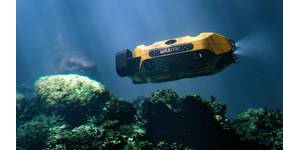
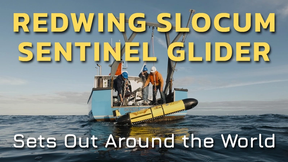
 August 2025
August 2025





